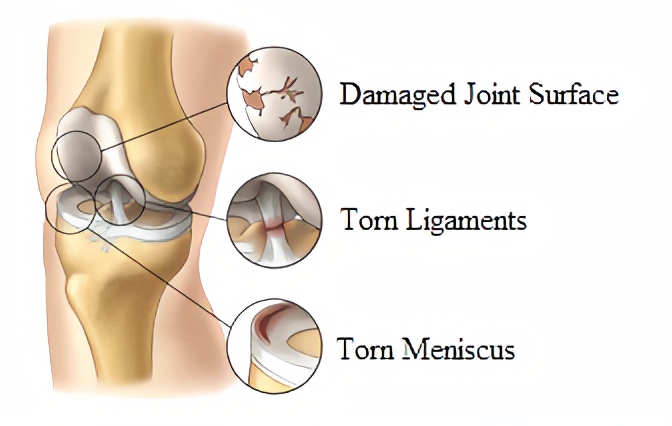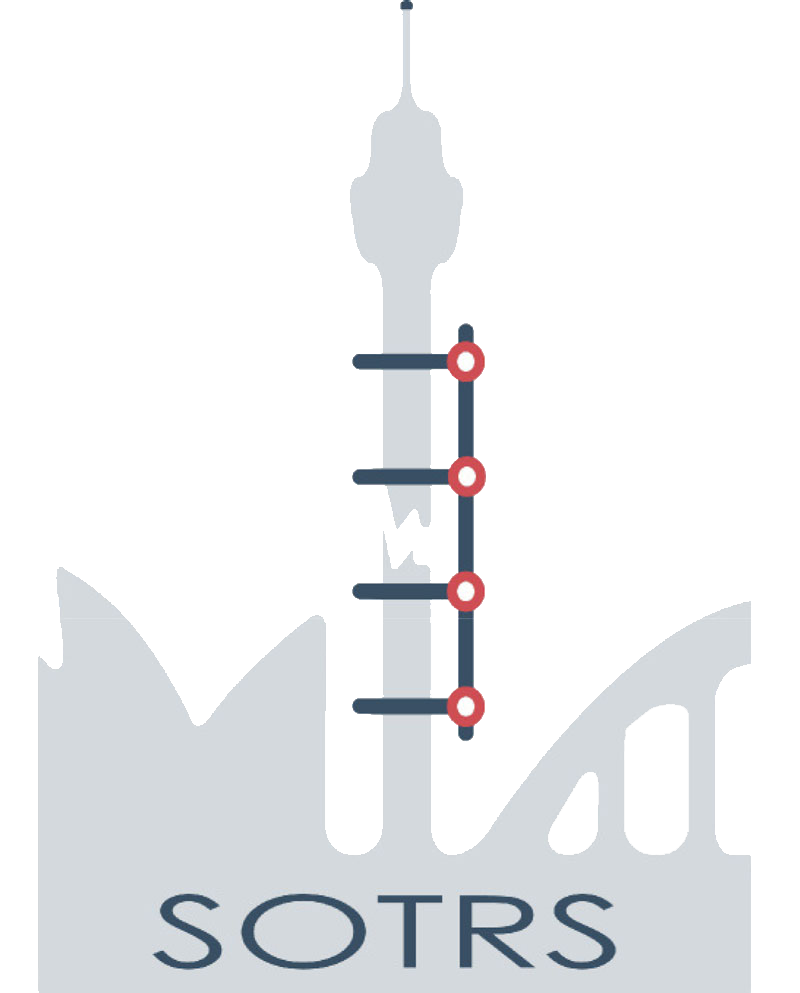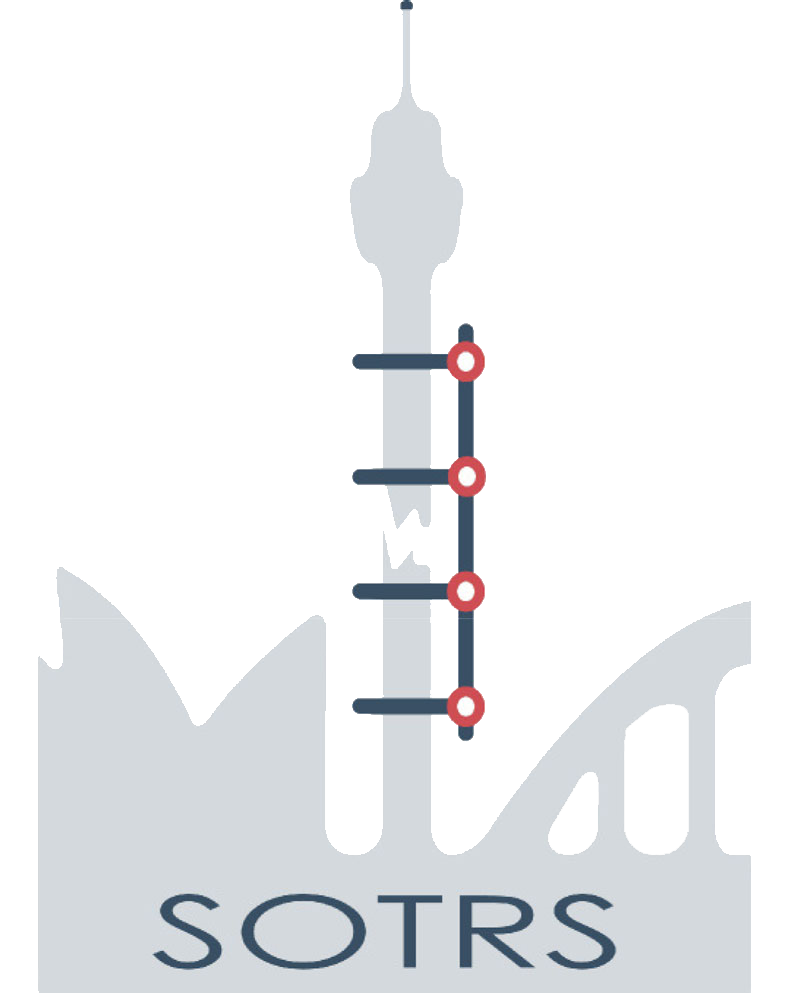Modern or contemporary arthroscopy of the knee was first performed in the late 1960s. Improvements in the instruments and cameras has seen the procedure become highly effective for both the accurate diagnosis and proper treatment of knee problems. Today, arthroscopy is one of the most common orthopaedic procedures in Australia.

A few small incisions will be made around the knee. A sterile solution will be used to fill the knee joint and rinse away any cloudy fluid, providing a clear view of the knee.
The arthroscope will then be introduced into the knee. If surgical treatment is needed, a variety of small surgical instruments (e.g., scissors, clamps, motorized shavers) are inserted through another small incision. This part of the procedure usually lasts 45 minutes to 1 1/2 hours. At the end of the surgery, incisions will be closed with a suture or paper tape and covered with a bandage.

